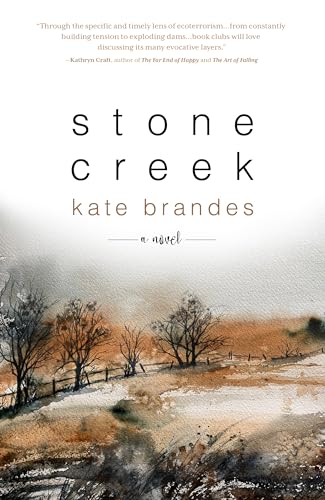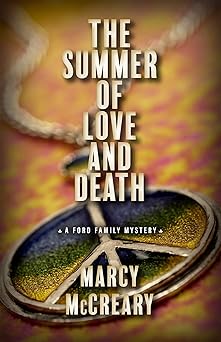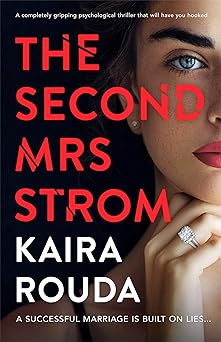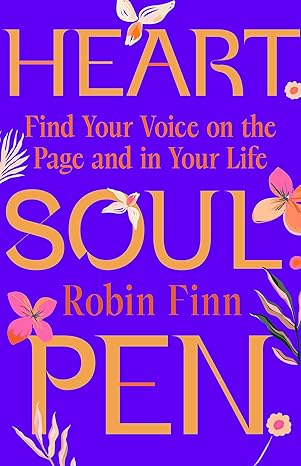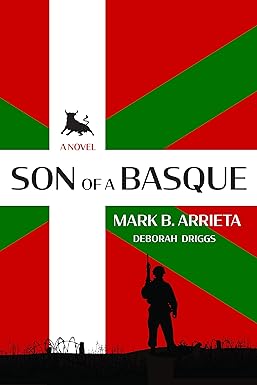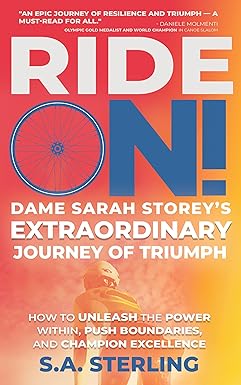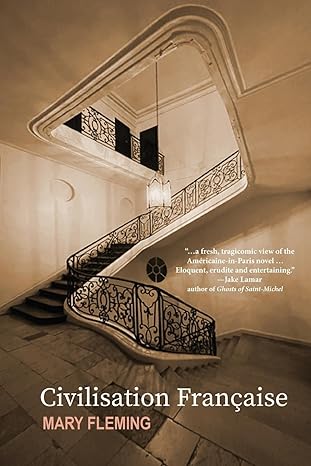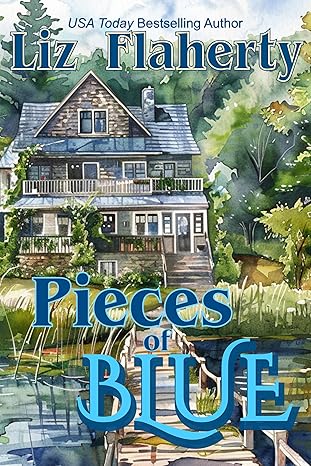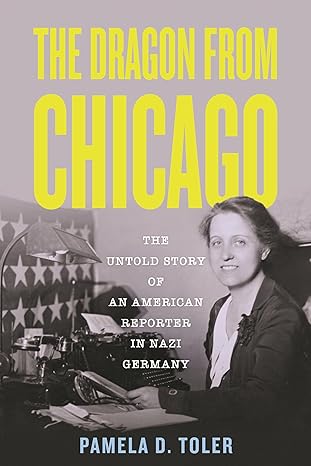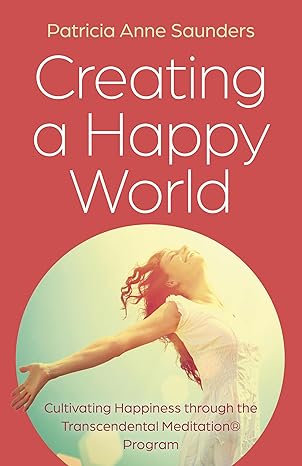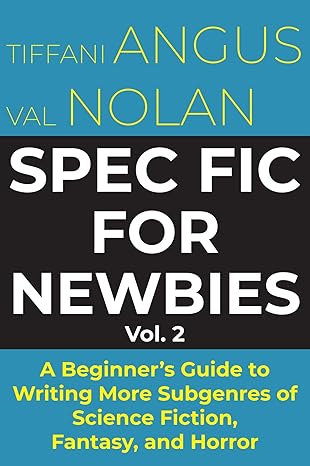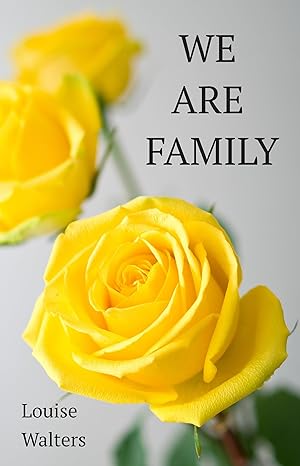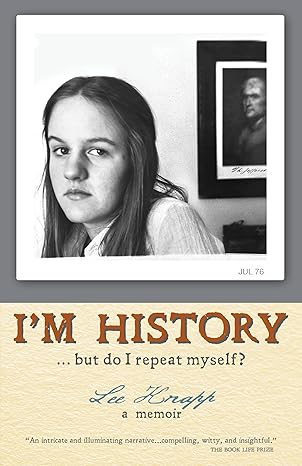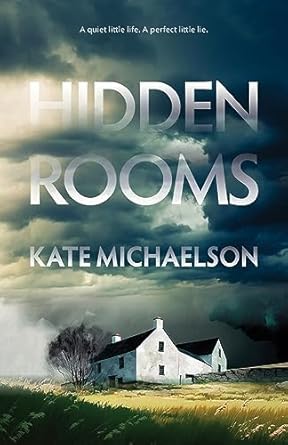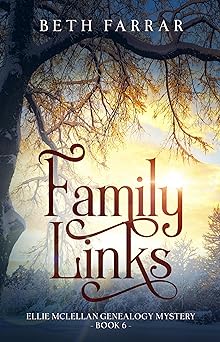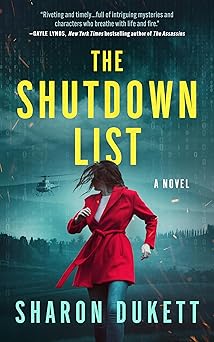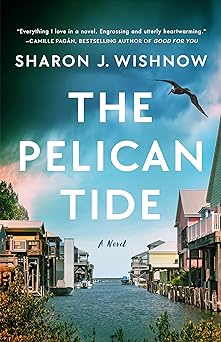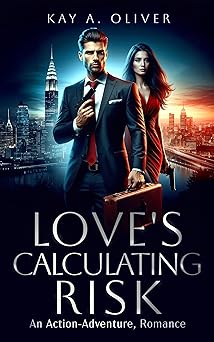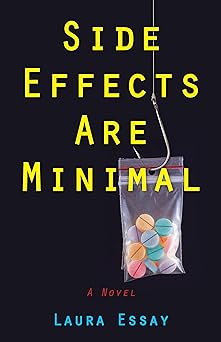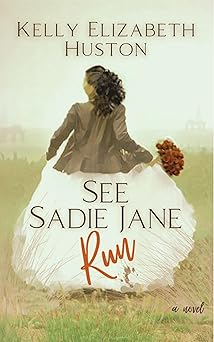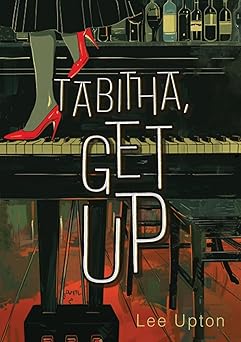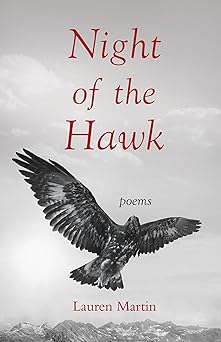On Writing High Priestess and Empress: Writing Magic in Historical Fiction
On Writing High Priestess and Empress: Writing Magic in Historical Fiction
By Susan Wands
What genre am I writing?
Being on the steering committee of the New York City Chapter of the Historical Novel Society, I read a lot of historical fiction. I love meticulous research revealed in a good plot with compelling protagonists.
In high school, I found reading could be a great escape and inspiration. My earliest taste ran from the gothic mystery Menfreya in the Morning by Victoria Holt, to Jane Austen’s novel of manners, Pride and Prejudice, to the magic realism of Charles Dicken’s A Christmas Carol. Even though these subgenres are all different, they’re all considered to be under the umbrella of historical fiction. Classic Historical Fiction is set in a real place, during a culturally recognizable time, with details and the action in the story a mix of actual events and ones from the author’s imagination.
But along the way, I also discovered fantasy and paranormal series, especially those which have come out in last few decades. Magic, the occult and paranormal are now more accepted subjects thanks to authors Anne Rice, J.K. Rowling, J.R.R. Tolkien, and George R.R. Martin. They set the bar of imagination and world building that continues to be inspirational reading. But the genres for these works would be considered fantasy, science fiction or paranormal, despite extensive research done for their time period. And within those categories are the subgenres: “urban fantasy,” “contemporary fantasy,” and “high” and “low fantasy.”
The difference between “high fantasy” and “low fantasy” is that high fantasy is an epic story set in a fictional world with a secondary world using magical elements. There is usually a map to describe the environment, mythical creatures, a quest, magical battles and high stakes laid out in a high page count. A good example of high fantasy is The Chronicles of Narnia by C.S. Lewis. Low fantasy, or “intrusion fantasy” is set in the modern world with a hidden magical system populated by characters with supernatural capabilities that may not be recognized by regular people. There are no big battles but conflict between forces of good and evil, such as Good Omens by Terry Pratchett and Neil Gaiman.
In researching subgenre categories, I’ve recently discovered some that sound like slang: journey quest, gaslight gothic, coming of age dark. But the most recent genre I’ve started reading is “alternate history.” Alternate history is defined as a genre of fiction in which the author speculates on how the course of history might have been altered if a particular historical event had a different outcome. My favorite example of Alternate history is the book by Susanne Clarke, Jonathan Strange & Mr. Norrell, where magic is employed by the British Navy to defeat Napoleon.
When I first started writing my Arcana Oracle Series, I thought I was writing a classic historical fiction series. Even though I spent years doing research on my protagonist, Pamela Colman Smith, I found as I went along that my writing was crossing over into other boundaries. There were aspects of fantasy, magic realism and alternate history, not just building the plot on actual events and people. The magical universe was presenting itself as a major character in my world that protagonist, Pamela, inhabits. The plot needed fact and fantasy woven together.
I now see how much work is involved in mapping a series “bible,” and keeping the definitions of the alternate universe consistent. My second book in a series comes out In May and I’m in edits for the third book. Reading books that incorporate magical realism in a historical context has inspired me to take risks with the world that I am creating but be true to the world I am building.
In real life, Pamela belonged to the Golden Dawn in London, working with a group of magicians as she designed her tarot cards. Expanding the genre of my writing has meant I can incorporate the magical aspects Pamela experienced. So, what genre am I writing? The overwhelming label for my writing has been categorized as “New Age” or “Visionary.”
Visionary is considered a genre that explores the mind, body, spirit themes and perspectives, including consciousness expansion, spirituality, mysticism, and parapsychology. It is sometimes classed as a subtype of speculative fiction.
New Age was coined in the 1950’s and is considered anything that is having to do with the metaphysical, spiritual or earth-based, such as crystals, tarot, and astrology. Basically, it is anything that is too “fluffy” for horror.
Writing what I want to write and am passionate about is the only path to follow. Understanding what genre I am writing has been a work in process. It has certainly opened my eyes to the many genres and subgenres that are currently available. I am very happy to be in the New Age or Visionary category for my series.
And I don’t mind being in the genre: “Too fluffy for horror.”
Find out more about Susan on her website https://susanwands.com/
—
High Priestess and Empress: Book Two, Arcana Oracle Series (Arcana Oracle, 2)
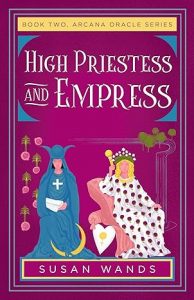 On her return to London, artist and seer Pamela Colman Smith discovers that her nemesis, Aleister Crowley, has returned—and his sights are set on her. Despite Aleister’s efforts to stop Pamela from further developing her tarot deck and accessing its magic, she carries on casting her High Priestess and Empress muses, Golden Dawn society leader Florence Farr and popular theatre star Ellen Terry. But when Ellen is poisoned and nearly killed, Pamela realizes that Aleister won’t stop coming for her—not until her muses are dead.
On her return to London, artist and seer Pamela Colman Smith discovers that her nemesis, Aleister Crowley, has returned—and his sights are set on her. Despite Aleister’s efforts to stop Pamela from further developing her tarot deck and accessing its magic, she carries on casting her High Priestess and Empress muses, Golden Dawn society leader Florence Farr and popular theatre star Ellen Terry. But when Ellen is poisoned and nearly killed, Pamela realizes that Aleister won’t stop coming for her—not until her muses are dead.
When Aleister reveals his plot to assassinate Queen Victoria and all female rulers, war breaks out between the Aleister’s Carlists and the Golden Dawn. With so many lives on the line—that of the queen, and those of her friends—Pamela must access her inner magic to face the battle of her life.
BUY HERE
Category: On Writing




